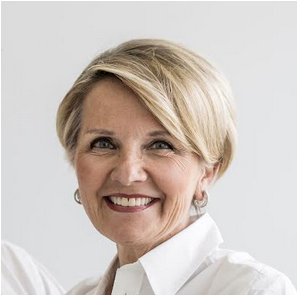- 1985 DDS University of Mainz , Germany
- 1987 Private practice in Bolzano , Italy together with Dr . Lorenz Moser
- 1990 Active Member of the SIDO ( Società di Ortodonzia Italiana )
- 1999 Diplomate of the Italian Board of Orthodontists ( IBO )
- 2010 Specialty in Orthodontics , University of Ferrara , Italy
- 2010 Brainerd F . Swain Award of Excellence , Angle East , EHASO
- 2011 Active Member of the EHASO ( Angle East )
- Since 2011 Visiting professor , Dep . of Orthodontics University of Ferrara , Italy
- 2012 President of the Accademia Italiana di Ortodonzia ( AldOr )
- 2019-2021 President Angle East ( EHASO )
- 2022 Honorary Member AldOr
- 2023 Brainerd F . Swain Award of Excellence , Angle East , EHASO
- 2023 Harvey Peck Memorial Award , Angle East , EHASO
- President Elect SIDO 2024
- Since 2021 Adjunct Associate Professor , Dep . of Orthodontics , University of Pennsylvania , USA
- Publications in peer-reviewed journals and chapters in orthodontic textbooks
- Reviewer for AJODO , Angle Orthodontist , JERD , JOMS
- Member Editorial Board Seminars in Orthodontics

Dr. Ute Schneider-Moser
Bio
Abstract
Best of two worlds: bridging the gap between traditional and new age orthodontics
Abstract: Faced with the current tidal wave of clear aligners and TADs in order to meet
patients’ aesthetic demands and to push existing biological limits, the experienced clinician
may wonder if well-established protocols and ‘old-school’ procedures based on sound
scientific evidence are still relevant or will soon be substituted by heavily marketed claims
delivered by the key-opinion leaders (KOL) of orthodontic companies.
After 40 years of practicing ‘Real World Clinical Orthodontics’ coupled with critical self- and
peer-assessment, while keeping an open mind for progress, it appears that despite the
implementation of digital technology and AI, proven biomechanical principles and treatment
concepts cannot be thrown overboard and that conventional fixed appliances and
orthognathic surgery will always have their place in the orthodontic armamentarium for
goal-oriented treatment planning and execution.